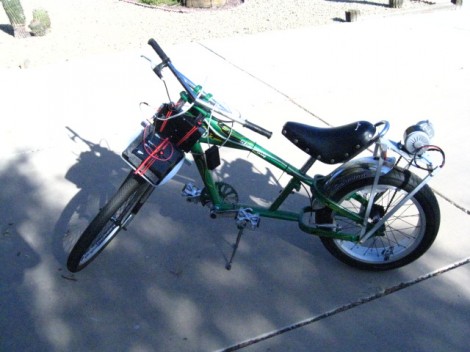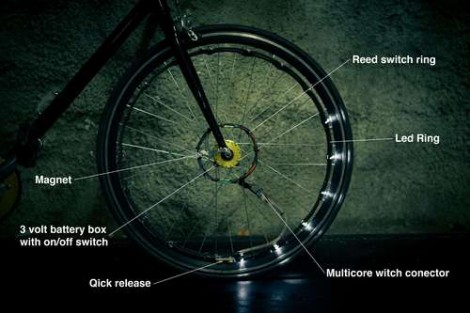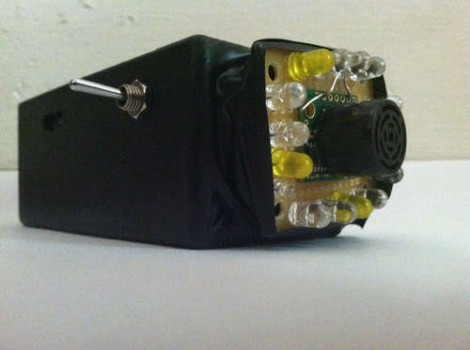Testing LEDs

Over at the Albuquerque, NM hackerspace Quelab, [Alfred] needed to test a bunch of surface mount LEDs. He ended up building a pair of 3D printed tweezers with a pair of needles attached to the end and a space for a coin cell battery. It works and Quelab got a new tool.
Woo Raspberry Pi

[tech2077] added an FTDI chip to his Raspberry Pi to do a little single cable development. We’ve seen a few similar builds, but surprisingly nothing related to the on board display serial interface. This wiki page suggests it’s possible to connect an iPhone 3G or iPhone 4 display directly to the Raspi. Does anyone want to try that out? Nevermind, but it would be cool to get a picture from a display plugged into that display port on the Raspi.
I like to ride my bicycle, I like to ride my bike
Over at the 23b hackerspace a few people were having trouble finding a good bike cargo rack that wasn’t overpriced. They built their own with $30 in materials and a salvaged milk crate. It looks great and is most likely a lot more durable than the Walmart model.
If that cargo rack fell off, it would look like this

Less heat, less noise

[YO2LDK] picked up a TV tuner dongle for software radio and found it overheated and stopped working after about 15 minutes (Romanian, Google Translate). He hacked up a heat sink from an old video card to solve this problem. Bonus: the noise was reduced by a few tenths of a dB.

















